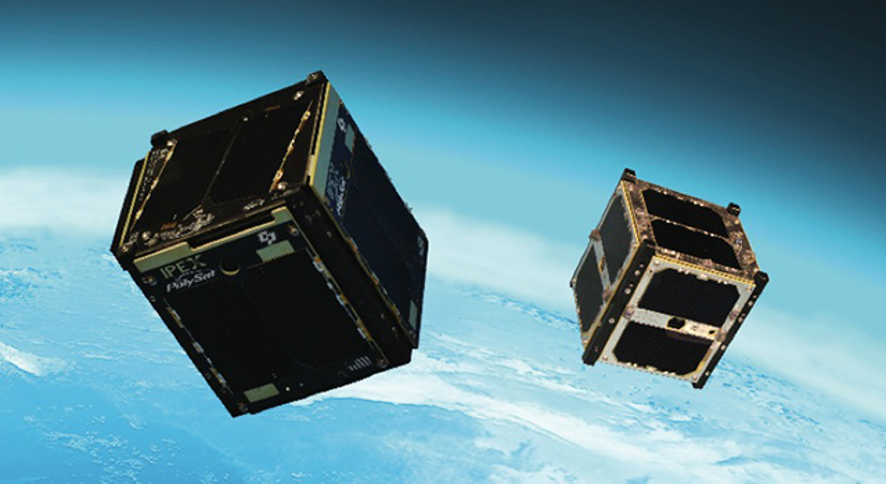PARSEC sectors: Energy, Environment, Food
Application fields: Energy & Natural Resources, Industrial, International Bodies, Managed Living Resources, Public Authorities, Services
Keywords: cubesat, hyperspectral, nanosat, NewSpace, SAR, Smallsat, synthetic aperture radar
The Earth Observation (EO) industry as a whole is in the midst of a revolution, spurred by deregulation, smaller and cheaper electronics, innovation in launcher and sensor technologies, and advancements in Cloud Computing and data processing. The phenomenon is dubbed “NewSpace”, and it covers the whole value chain, from satellite manufacturers and operators to data processors and value-adding service providers. This article is an introduction to the upstream developments: constellations of small, cheap satellites and new, advanced sensors.

Traditionally, EO satellites were enormous, heavy and extremely expensive devices to build and launch, often carrying multiple instruments and servicing a variety of scientific purposes. ENVISAT is the extreme example of this category, weighing 8 tons and costing EUR 2.3 Bn to build and launch. High costs and long manufacturing time-scales (~5 to 10 years) meant that satellites of this type were usually one-offs, or at best, comprising small constellations of 5-10 satellites.
The alternative, burgeoning paradigm is to launch large numbers of much smaller satellites (“smallsats”). These miniaturised satellites, which come in a range of form factors, including cubesats, nanosats and picosats, can be developed in 2-4 years and cost orders of magnitude less. Large constellations of such satellites can provide fresh imagery more often than their larger predecessors could ever hope to achieve. Planet offers daily global coverage at 3.5m resolution, for example.
Being cheaper, smallsats come with a shorter lifetime (around 3 years) – but this is actually a hidden benefit: the capabilities of the constellation as a whole can be upgraded relatively fast. This built-in refresh cycle means that the latest developments in sensor technology can be quickly made available in orbit. Smallsat constellations are making a wide range of data available, for example (a fuller list of small satellite operators is available here):
- Optical: Planet, Satellogic, SatRevolution
- Hyperspectral: NorthStar, Reaktor
- Synthetic Aperture Radar: ICEYE, Capella Space
- Video: EarthNow, Earth-i, SEN
- Thermal: Satellite Vu
- Passive Microwave: Orbital Micro Systems
- Other: Spire
Even without the improved revisit time, some of these sensors already promise to revolutionise the application potential of Earth Observation. Video from satellite is a good example, although it remains to be seen whether the operators fulfil their stated goals. The difficult task of miniaturising Synthetic Aperture Radar sensors has been achieved, and this opens up huge potentials for applications. The barriers of hyperspectral imagery are also being challenged by NewSpace operators, taking advantage of increasingly cheap, small and powerful components. These developments open up significant opportunities for entrepreneurs seeking to bring new value-added services onto the market. The PARSEC Market Trends Observatory will continue to monitor the state-of-the-art in in-orbit technological developments. Customised consultancy and insight generation services are available to PARSEC 2nd Stage beneficiaries on demand.
Leave A Comment
You must be logged in to post a comment.